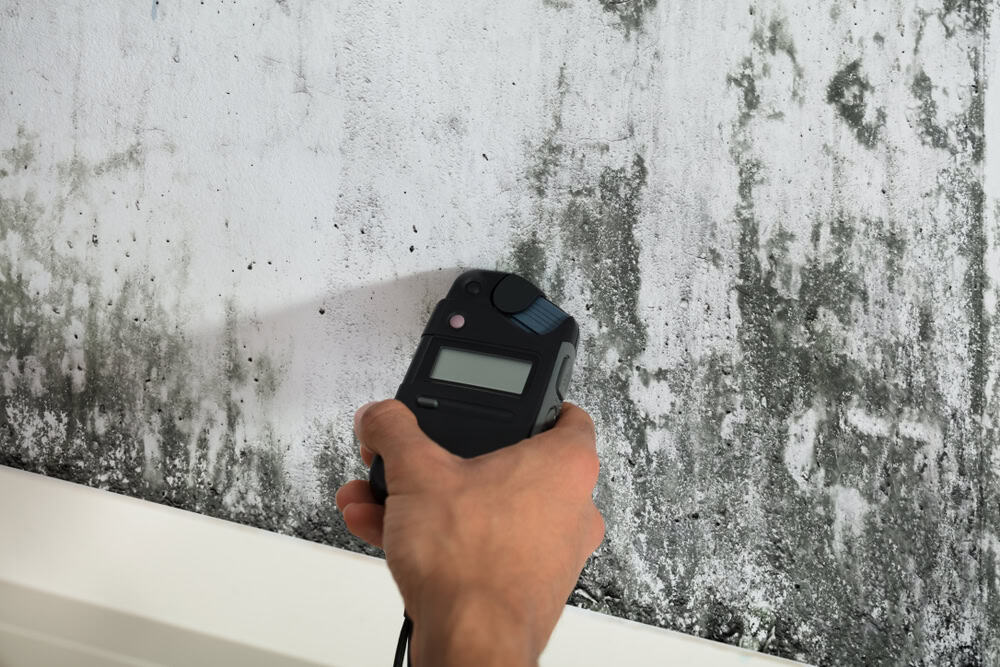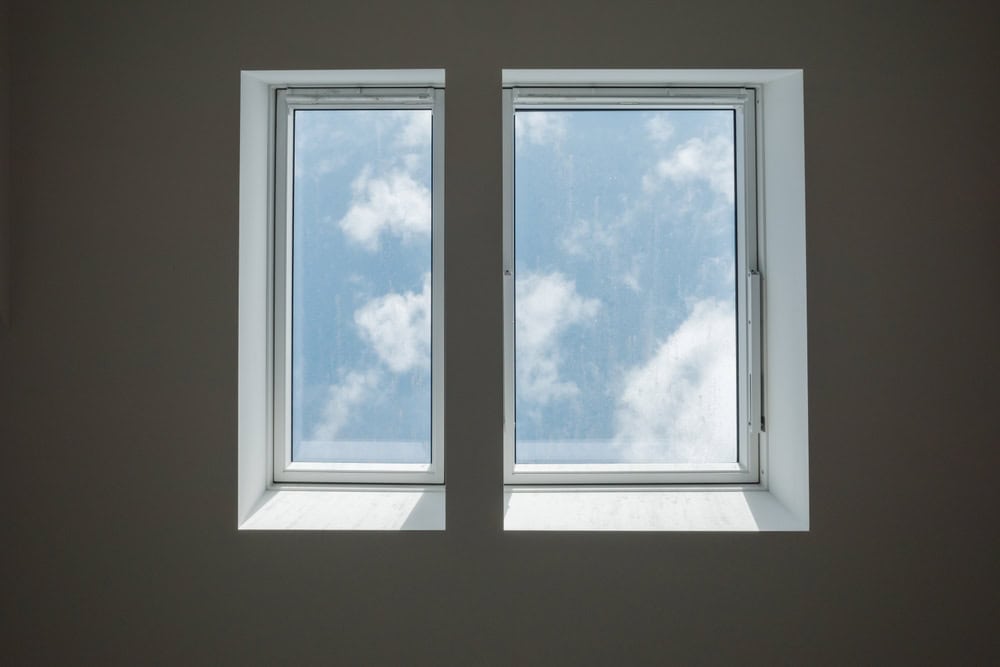Importance of Air Sampling During Mold Inspections

Air sampling plays a crucial role in mold inspections for several reasons. Mold spores are invisible to the naked eye, and analyzing air samples in a laboratory can determine the type and quantity of mold present in a property. Such analysis provides evidence of the severity and scope of a mold issue and helps assess human exposure to mold spores. Post-remediation air sampling is often conducted to confirm the successful removal of mold.
When conducting air sampling, specialized equipment is used to collect mold spores from the interior of the home. This equipment, typically a pump, forces air through a collection device that traps airborne spores. The sample is then sent to a laboratory for analysis. Air sampling has become a standard practice among inspectors, including InterNACHI-certified professionals, who use it to gather critical data.
Air-Sampling Devices
Various devices are used to collect air samples for mold analysis. Common examples include:
- Impaction Samplers: These use a calibrated air pump to transfer spores onto a prepared microscope slide for analysis.
- Cassette Samplers: Disposable or one-time-use devices that also use forced air to collect spores on a collection medium.
- Airborne-Particle Collectors: These collect spores directly onto a culture dish, which can be used to identify specific mold species.

When to Conduct Air Sampling
Air sampling is typically performed when a visual inspection reveals apparent mold growth, water damage, moisture intrusion, musty odors, or any conditions conducive to mold development. If no obvious signs of mold are present, inspectors may still take one or two air samples indoors, often in the most inhabited spaces or near the HVAC system, depending on the inspector’s and client’s discretion.
Outdoor air samples are usually collected as controls for comparison with indoor samples. Ideally, two outdoor samples are taken—one from the windward side and one from the leeward side of the home—as close in time as possible to the indoor sampling to ensure accurate comparisons.
However, there are circumstances when sampling should be avoided, such as cases where mold-related litigation is ongoing, a resident is under medical care for mold exposure, or the safety of the inspector could be compromised. Additionally, residential inspectors should refrain from conducting air sampling in commercial or public buildings.

Where and How to Take Air Samples
Air sampling should be conducted in areas suspected or confirmed to have mold issues. Some common triggers for sampling include moisture intrusion, visible mold, or a musty odor. Key considerations for taking samples include:
- Placement: The collection device should be positioned 3 to 6 feet off the ground at the room’s center.
- Duration: Running the air pump for 10 minutes is usually sufficient. In situations with high indoor activity or active dust sources (e.g., construction), the duration may be reduced to around 5 minutes.
Sampling should occur under “closed conditions” to stabilize the air and ensure reproducibility. During this time, windows and exterior doors should remain shut, allowing only normal entries and exits. Fans and air exchangers (except for a furnace) should also be turned off. Severe weather conditions, such as thunderstorms or high winds, should be avoided as they can skew results due to air pressure changes and an increase in airborne spore variability.

Benefits and Limitations of Air Sampling
Air sampling is a valuable tool for mold inspections but should be used in conjunction with other methods, such as visual inspections and surface sampling. While air sampling provides an overview of airborne spores, it may not always accurately reflect the full extent of a mold problem due to the variability of spore levels influenced by environmental factors. Additionally, since spores may be damaged during collection, identifying mold species can sometimes be challenging.
Despite these limitations, air sampling is particularly useful for:
- Background Screening: It ensures there is no large, undetected source of mold within the home. Spore chains detected through sampling can signal nearby undiscovered mold growth.
- Before-and-After Comparisons: Air sampling allows inspectors to measure particle levels and air quality in problem areas both before and after remediation.

Conditions for Accurate Air Sampling
To ensure the accuracy and reproducibility of results, it is essential to consider the following conditions during mold inspections:
- Closed Conditions: Doors and windows should remain closed, except for normal use, to stabilize indoor air.
- Weather Factors: Avoid sampling during high winds or drastic barometric pressure changes, as these conditions can skew results.
- Sealed Spaces: Sampling should take place in livable areas to gather relevant data for indoor air quality.

Practical Applications of Air Sampling
Air sampling is best viewed as a complementary tool for identifying and quantifying mold issues. When combined with other methods, it helps inspectors better understand the overall air quality and spore concentrations within a property. These insights prove vital in:
- Detecting overlooked mold sources.
- Providing evidence for the severity of a mold infestation.
- Ensuring thoroughness and success in remediation efforts.
In summary, air sampling under controlled conditions, integrated with other inspection techniques, is a critical process for identifying and addressing mold problems effectively, improving indoor air quality, and guaranteeing successful mold remediation.